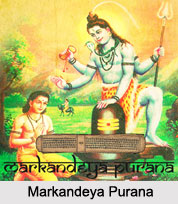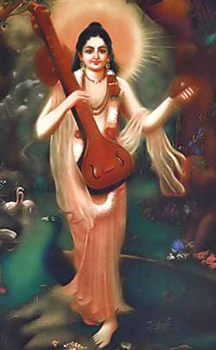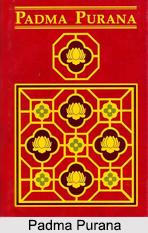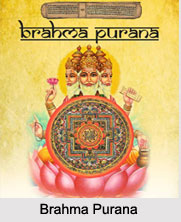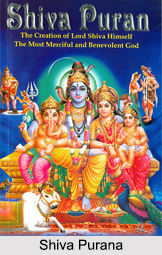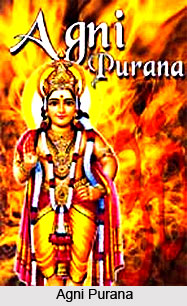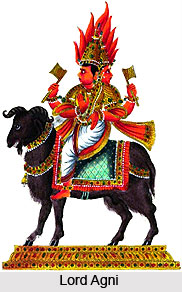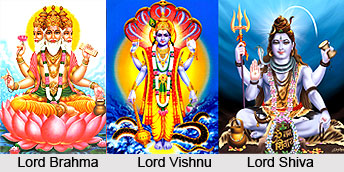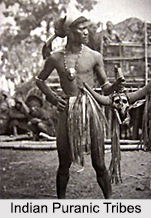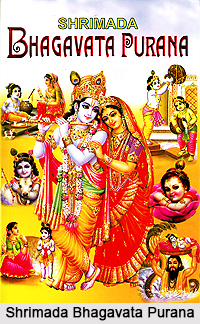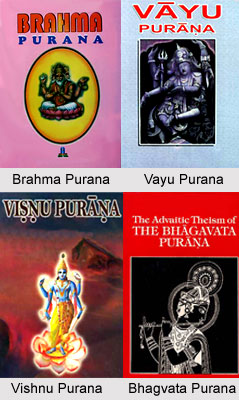Manwantara is an astronomical period of time measurement. It is the age of Manu, the Hindu progenitor of mankind. This is the duration of the Manu, the divinities and the rest, which is equal to 852,000 divine years. In terms of human years, one Mahayuga is of the 43, 20,000 years duration. Hence the period of a Manwantara comes to 308 million human years.
The concept of time is given in the Puranas. Each day of Brahma, the creator, includes 1000 Mahayugas. Each Mahayuga includes the Four Yugas; namely Satya Yuga, Treta Yuga, Dwapara Yuga and Kali Yuga. This day or Kalpa is divided into 14 Manwantaras or periods of time, ruled by a Manu. A Kalpa is a single daytime period in the life of Brahma, the creator God. Two Kalpas are a day and a night of Brahma. Each Manwantara has a little more than 71 Mahayugas.
Classification of Manus
Manu is the name of the 14 mystical rulers of Earth. They are the head of mythical dynasties that begin with each cyclic Kalpa when the universe is born once more. The 14 Manus ruling over these Manwantaras of the present Kalpa are:
1. Swayambhuva
2. Swarochisha
3. Auttama
4. Tamasa
5. Raivata
6. Chakshusha
7. Vaivasvata
8. Savarni
9. Daksha-savarni
10. Brahma-savarni
11. Dharma-savarni
12. Rudra-savarni
13. Ruchi
14. Bhauma
The Manu of the present age is Vaivasvata. He is the son of Surya. Each Manu has his own set of gods, Indra, rishis and others. The name of the present Indra is Purandara. The Saptarishis or the Seven Sages of this Manwantara are Vasistha, Kashyapa, Atri, Jamadagni, Gautama, Vishwamitra and Bharadwaja. During this period of Manu, Lord Vishnu took birth from the womb of Aditi, the wife of Kashyapa.
71 cycles of Four Yuga is called a Manwantara. At the end of each Manwantara period, there comes a partial devastation period, which is equivalent to the duration of Satya Yuga. Thus, after every Manwantara period, the world is partially destroyed and recreated. A new Manu manifests at the beginning of each Manwantara to produce a new race of human beings.

